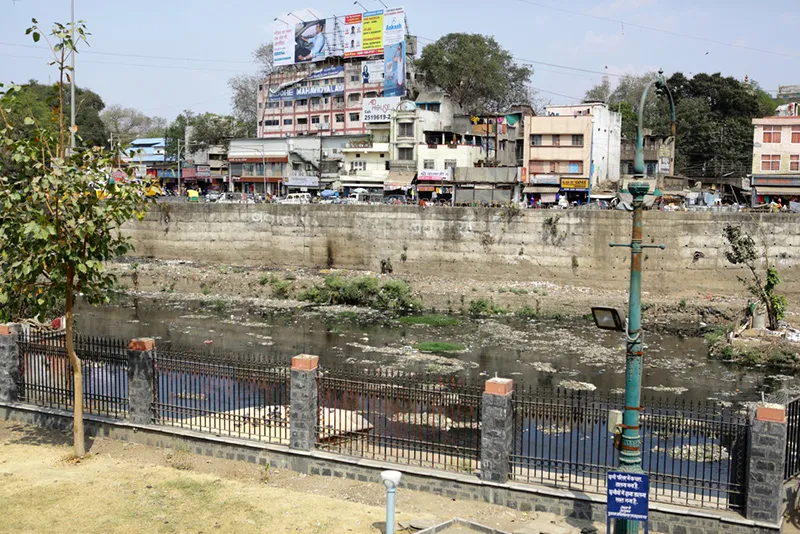Solutions to Indore's water problems don't have to be expensive
The use of decentralised systems puts the onus on individuals more than the government or Central bodies to provide Indore proper water and sanitation, according to an expert.
In the last five decades, Indore, in Madhya Pradesh, has witnessed a substantial increase in urbanisation and industrialisation. Its population has also increased from 5,60,936 in 1971 to 2,167,447 in 2011 (Census 2011). This increase has resulted in an increased demand for water, aggravating the water crisis. In 2012, Rahul Banerjee, a graduate from IIT in Civil Engineering and an urban water expert, conducted a study on Indore's water supply and sanitation situation. He discovered that the current water supply model prescribed by the Asian Development Bank (ADB) was unsustainable and also very costly. This model lifts water from the Narmada river, which is 50km away from town, and supplies it all over.

He argued that ADB and Indore Municipal Corporation (IMC) did not properly explore cheap and sustainable alternatives such as reusing treated wastewater, recharging groundwater, harvesting rainwater and implementing the artificial recharge plan made by the Central Ground Water Board (CGWB) for Indore district using existing fractures in the ground.
The financial burden of bringing water from the Narmada has escalated from Rs 110 crore in 2011 to Rs 180 crore in 2014. Out of this Rs 180 crore, only Rs 50 crore has been recovered so far from user’s charges and now a Rs 130-crore burden has to be borne by the government.

Image: shutterstock
The following are some recommendations from the study:
- Map all properties within a municipality:A Geographical Information System must be used to map all the properties within municipal limits. They must then be graded according to zones and building quality to determine adequate property tax rates. The share of property taxes must increase substantially to at least 30 percent of revenue receipts and the per capita tax realisation too should reach Rs 700. The tax collection system must be improved drastically and penal measures taken against defaulters.
- Take inventory: A proper inventory of the Water Supply and Sanitation (WSS) systems in the city must be taken. This includes both surface and groundwater as well as storm and wastewater disposal systems. Despite clear directions from the ADB and the CGWA in this regard, no progress has been made so far.
- Design hybrid solutions: Based on the WSUD principles, which have now been recommended by the National Mission for Sustainable Habitat also, a hybrid-ground-cum-surface-water-system of water supply must be designed. This should be augmented by stormwater recharge and wastewater treatment as well as reuse and recharge done in a decentralised manner. This hybrid system will be much more sustainable in financial, social and environmental terms than the wholly-centralised system being used at present. Centralised systems should be used only where necessary to provide services to the congested poverty pockets where there might not be space available for decentralised solutions.
- Create financial models for cost recovery: Instead of relying on taxes, user charges and grants to fund hugely expensive centralised systems, this alternative system would put the onus on the more affluent citizens, corporations, private commercial establishments and government institutions who are in possession of a considerable portion of urban land to tackle their water supply and wastewater disposal needs in a decentralised manner from their own resources. This would then free the IMC resources for provision of free or subsidised WSS services to the poor and the lower middle-class, who are not in a position to pay for them wholly.
- Survey progress periodically: Detailed surveys and design should be carried out to determine the actual cost/benefit ratio of such an alternative plan and then compare it with the surface-water-only alternative that has been implemented so far. If the former turns out to be more suitable for Indore, it should be implemented.
- Implement Central Ground Water Board plan: The detailed plan for artificial recharge in the Gambhir and Kshipra River Basins drawn up by the CGWB should be implemented without any delay so as to improve the overall availability of water in Indore's catchment.
- Use alternative power sources: Solar power should be used to supply water from the Narmada.
Disclaimer: This article, authored by Makarand Purohit, was first published on India Water Portal.







